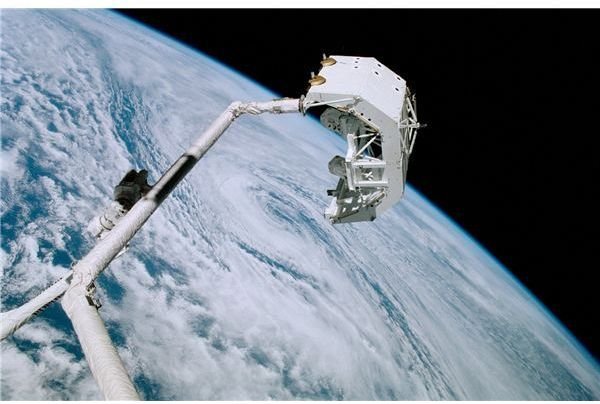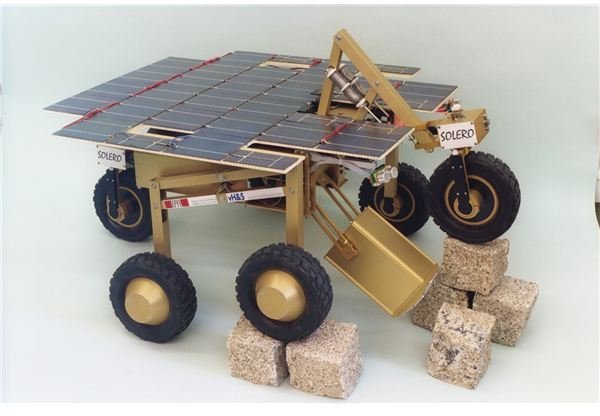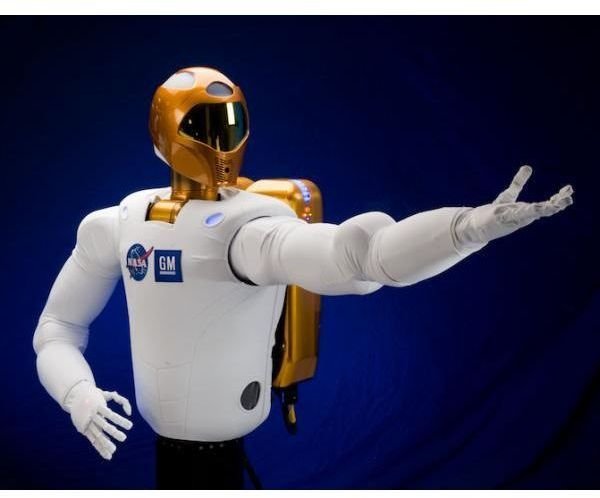Space Robots and Their Missions
Space Robots on Mission
Space science in the past century is famous for the manned missions. Whereas, in the present century, space science is creating history through robotic missions to other planets and outer space. The robotic missions are comparatively cheaper than manned missions and the risk factor is very low. Their ability to survive in hostile atmospheric and surface conditions and their capacity to work relentlessly for a long time are other reasons for this shift in policy.
These robots are either controlled by scientists on Earth or by the systems embedded in them.They are mainly used for exploring different celestial objects, and for maintenance of satellites and spacecraft. Designing these space robots in such a way that they can withstand extreme environmental conditions like ionizing radiation and extreme weather conditions is one challenge. In addition to that, the safe mobility of these robots and their ability to use their mechanical arms in a safe, effective manner are other challenges which scientists and engineers face during the design of these devices**.**
Flyby Probe, Rovers, Orbiter, Atmospheric Probes, Humanoid Robots, Lander and Robot Arms are different types of robots used in space mission.
Robotics Space Explorers: an Overview
The most famous robotic space missions are the rovers and landers to Mars. Different nations have successfully used space robots for different purposes. It was the Russians who first used robots for space exploration. Russia started its robotic space program with the launching of Sputnik 1 in 1957. The Venera 7 probe created history when it landed on Venus in 1970, becoming first robotic probe to transmit data from the surface of another planet.
Robonaut 2 is the futuristic humanoid robot which is very similar in its appearance and its operation to the astronauts. This robot has an onboard CPU which controls its actions. It is designed in such a way that it can carry out maintenance on spacecraft using the same tools the astronauts use.
NASA’s Pathfinder robot used micro-rover Sojourner to explore the surface of Mars.

Canadian space arm Dextre, which is assisting in the maintenance of the International Space Station (ISS) is another example of robots in space, but one that is controlled by humans directly.
Nanokhod is the robotic rover used by European space Agency ( ESA) which is famous for its amazingly small size. This miniature robot is capable of carrying objects weighing up to 1 kg.
The Solero mini-rover developed by ESA is acclaimed for its fully solar powered operation, using batteries only during peak demands. This is significant because Mars is so much further from the Sun than Earth is, therefore the energy available from the Sun is so much smaller.

Another country which is actively using robots for space mission is China. China is deploying robots to examine the lunar surface before sending humans to Moon.
Japan which is famous for its effective use of robots in terrestrial application has developed a research facility, named the Japanese Experimental Module (JEM), it is attached to the Kibo module on the International Space Station. It has two robotic arms one small fine arm and another large arm. These arms help JEM to carry out experiments without the astronauts leaving the station.
Will Robots Take Over?
A number of arguments have been put forward on the issue of increasing dependency on robots for space missions. The economic feasibility, and low risk factor is creating a renewed interest in this field. But the time when it will completely replace manned mission is yet to come.
Sources
https://www.sciencedaily.com/images/2010/02/100205110636-large.jpg
https://www.nasaimages.org/luna/servlet/detail/nasaNAS~9~9~58464~162308:
